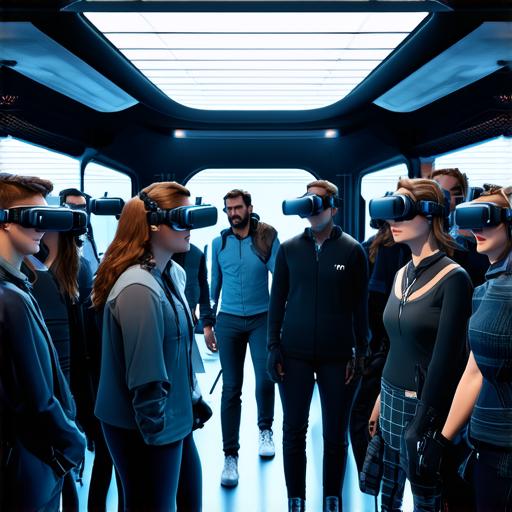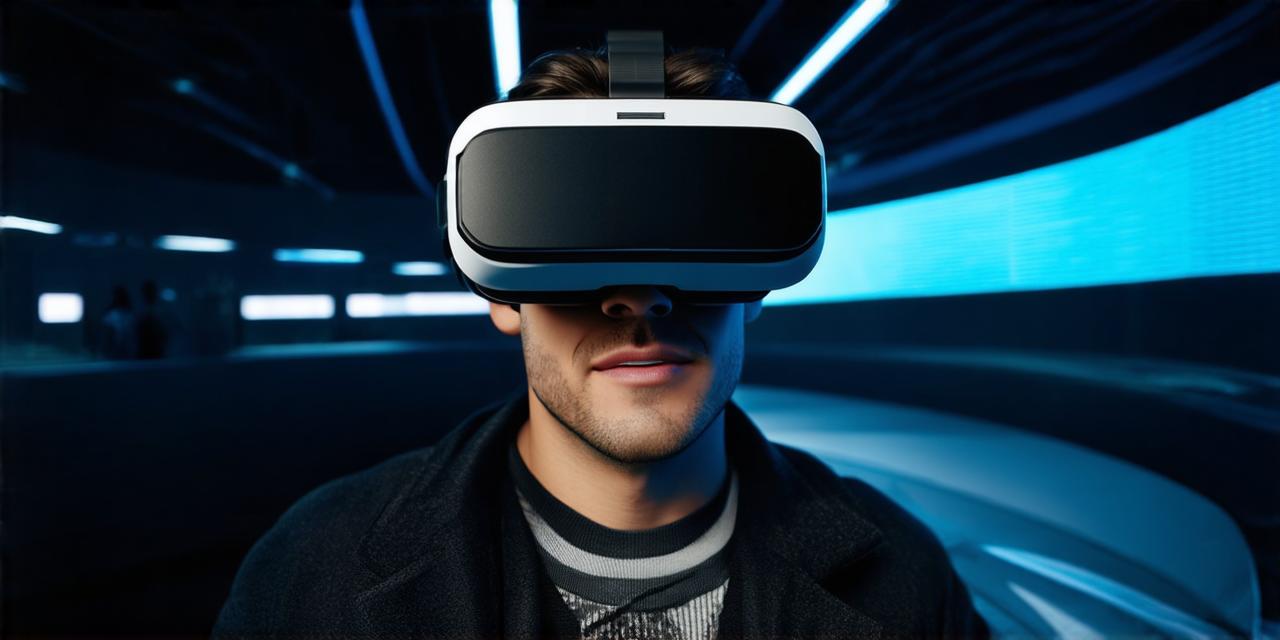Virtual reality technology has come a long way since its inception, and with it, so too have the types of virtual experiences that are available.
While some may be fully immersed, such as those provided by Oculus Quest or HTC Vive, semi-immersive virtual reality provides a unique type of experience that combines real-world surroundings with a digital environment. In this article, we will explore what semi-immersive virtual reality entails and how it differs from other forms of virtual experiences.
What is Semi-Immersive Virtual Reality?
Semi-immersive virtual reality, as the name suggests, is a type of virtual experience that combines elements of real-world surroundings with a digital environment. This type of virtual reality typically uses a head-mounted display (HMD) to provide a partial view of a virtual world, while also allowing users to see and interact with their physical surroundings.
Unlike fully immersive virtual reality, semi-immersive virtual reality does not completely block out the user’s real-world surroundings. Instead, it provides a digital overlay that overlays the real world in a way that allows users to see both their physical surroundings and the virtual environment at the same time.

This type of virtual reality is typically used for training or educational purposes, as well as for gaming and entertainment.
How Does Semi-Immersive Virtual Reality Work?
Semi-immersive virtual reality typically works by using a combination of sensors and tracking devices to monitor the user’s movements in both the real world and the virtual environment. This information is then used to adjust the digital overlay that overlays the real world, allowing users to see and interact with both their physical surroundings and the virtual environment at the same time.
One of the key components of semi-immersive virtual reality is the HMD, which typically consists of a pair of glasses or headsets that provide a partial view of the virtual world. The HMD also includes sensors that track the user’s movements, allowing them to look around and interact with the virtual environment in real-time.
In addition to the HMD, semi-immersive virtual reality often uses other types of sensors and tracking devices to monitor the user’s physical movements. For example, some systems may use motion capture technology to track the user’s body movements, allowing them to interact with objects in the virtual environment in a more natural way.
Benefits of Semi-Immersive Virtual Reality
Semi-immersive virtual reality provides several benefits that make it a popular choice for training, education, gaming, and entertainment. One of the main benefits is that it allows users to see and interact with both their physical surroundings and the virtual environment at the same time, providing a more realistic and immersive experience.
Semi-immersive virtual reality can also be used in a variety of settings, including homes, classrooms, and workplaces. This makes it an ideal choice for training and education purposes, as well as for gaming and entertainment.
In addition to its practical benefits, semi-immersive virtual reality has also been shown to have a positive impact on mental health and cognitive function. For example, studies have shown that exposure to virtual environments can help reduce stress and anxiety, improve mood, and enhance memory and attention.
Summary
Semi-immersive virtual reality is a type of virtual experience that combines elements of real-world surroundings with a digital environment. This type of virtual reality provides a unique type of experience that is both practical and beneficial for training, education, gaming, and entertainment purposes. By combining the best of both worlds, semi-immersive virtual reality provides a way to explore new environments and experiences in a way that is both fun and meaningful.
